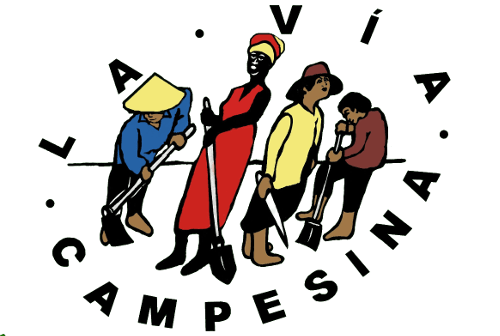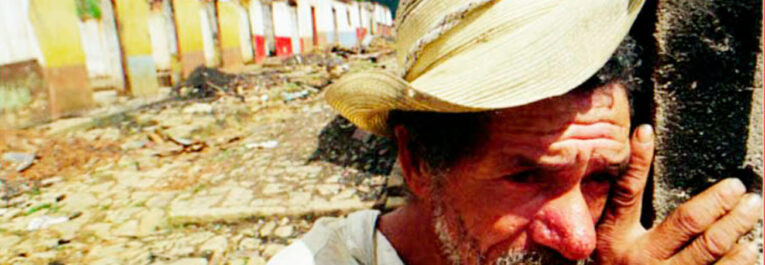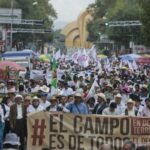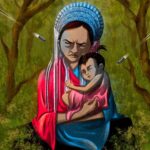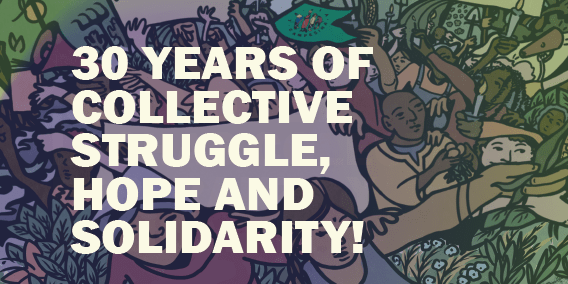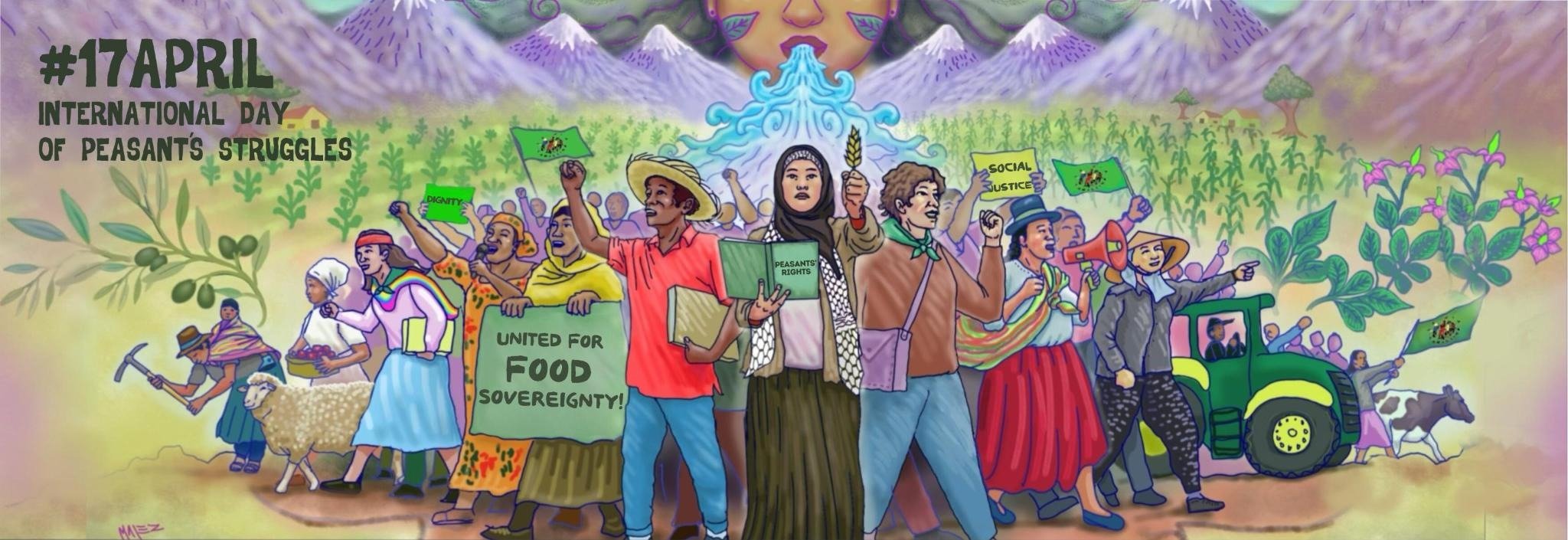Political violence in Colombia is a persistent phenomenon despite the Peace Agreement. The assassination of community leaders, ex-combatants and their relatives continues to increase, as well as the various forms of human rights violations suffered by peasant, indigenous communities, and afro-descendants during the territorial reconfiguration of the armed conflict. Colombia bleeds in the face of the impassive gaze of a president with a denialist speech.
According to Indepaz1, since the signing of the Peace Agreement, a total of 1,227 community leaders and 284 people in the reincorporation process have been murdered. In 2021 alone, the murder of 112 community leaders and 35 people in the process of reincorporation was recorded.
A serious increase in massacres and massive displacement in the country has been noticed. Between January 1 and August 25 of this year, 67 massacres were committed, in which 243 people lost their lives. 62.7% of cases were recorded in 5 departments: Cauca, Antioquia, Valle del Cauca, Nariño, and Caquetá. It is important to emphasize that in the same period of 2020, 39 events of this type were recorded, which represents an increase of 53.8% in 2021.
The phenomenon of massive displacement in the rural areas of the country also continues to increase, and it has been established as the fact that has increased the most since the signing of the Peace. In the first semester of 2021, 102 incidents of massive displacement were recorded, and, in the same period of 2020, 51 incidents were reported, which represents an increase of 100% in 2021.
During the first half of 2021, the Ombudsman recorded 68 incidents of confinement that forced 36,101 people from 192 communities to stay inside their territories. Most of these facts are related to the interest of illegal armed groups for illicit use cultures, dispute over control of drug trafficking and routes of smuggling, and illicit exploitation of minerals2. Nearly 73% of the populations confined during this year by the action of illegal armed groups are in the departments of Antioquia and Chocó.
There are several areas of the country that would appear to be silenced due to threats received by community leaders from armed groups to prevent them from denouncing the situation. In the case of the Awa indigenous reserve in the village of Llorente, Tumaco (Nariño), clashes among illegal armed groups were recorded on July 29. The community denounced that around 500-armed people entered the indigenous territory, then a strong fight broke out. The explosive devices caused damage to several homes and several injured natives were identified, among them, elderly people. Today, the population is still confined, there is no mobility between villages, and people have had to move out to Tumaco or outside the municipality3.
Also, the difficult situation experienced in the Telembí triangle – located in the south of Colombia, near the border with Ecuador – is highlighted. The population of this area is going through one of its worst humanitarian crises in the last 20 years. This sub-region formed by the municipalities of Barbacoas, Magüí Payán and Roberto Payán is in crisis because of the fighting among the various armed groups fighting for the territory. According to estimates by Médecins sans Frontières4, in the first half of 2021 21,106 people were displaced. Additionally, more than 6,000 people have been forced to confine themselves to their homes or indigenous communities due to insecurity, threats from armed groups, as well as the risk posed by the installation of anti-personnel mines.
The upsurge in violence in the country and the lack of guarantees for life and permanence in the territories are the legacy of the Duque presidency, who in addition to not having set in motion the mechanisms provided for by the Agreement of Peace to guarantee the safety of communities, like the Security Guarantees National Commission, he omits its duty to pay attention to the victims. Perhaps the worst is the cynicism with which he ignores the dimension of violence and the suffering of communities.
1 Instituto de estudios para el desarrollo y la paz – INDEPAZ. Ver: http://www.indepaz.org.co
2 Defensoría del Pueblo. Defensoría alerta ante el aumento de eventos de desplazamiento masivo y confinamiento de comunidades. Ver: https://www.defensoria.gov.co/es/nube/comunicados/10268/Defensoría-alerta-ante-el-aumento-de-eventos-de-desplazamiento-masivo-y-confinamiento-de-comunidades-desplazamiento-confinamiento-Defensoría.htm
3 CAJAR, Nuevos enfrentamientos armados ponen en riesgo la vida de la comunidad del Resguardo Inda Sabaleta en Tumaco, Nariño. Ver: https://www.colectivodeabogados.org/nuevos-enfrentamientos-armados-ponen-en-riesgo-la-vida-de-la-comunidad-del-resguardo-inda-sabaleta-en-tumaco-narino/
4 El comercio. Triángulo de Telembí: la violencia ahonda la crisis humanitaria en Colombia. Ver: https://www.elcomercio.com/blogs/historias-sin-fronteras/triangulo-de-telembi-violencia-ahonda-crisis-humanitaria-en-colombia.html
